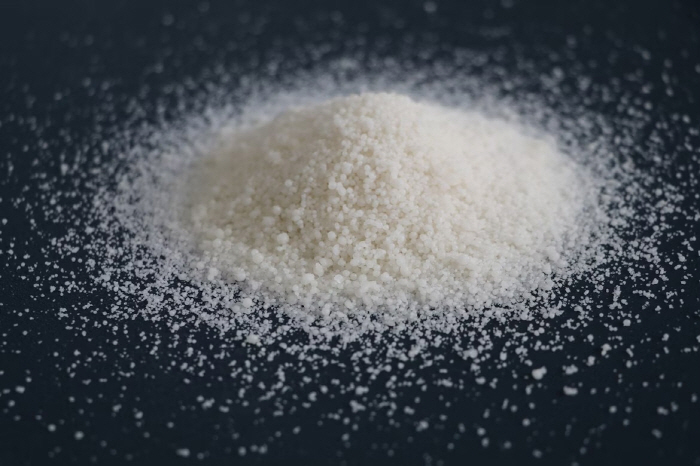Sodium intake per day in Korea is 1.6 times higher than WHO recommendation
|
The Ministry of Food and Drug Safety announced that it analyzed the current sodium and sugar intake of Koreans over the past five years (2019-2023) based on data from the National Health and Nutrition Survey.
As a result, the average daily sodium intake of Koreans was 3136mg, which was 34.5% lower than 4,789mg in 2011, before the reduction policy.
This is a decrease of about 4.65% compared to 3,289mg in 2019.
However, it is 1.6 times higher than the WHO standard recommending 2,000 mg per day.
Men (3696mg) consume more sodium than women (2,576mg), and the age of consuming the most sodium is in their 30s and 40s, with an average of 3,389mg (8.5g in terms of salt) per day.
It was found that Koreans consume more than 50% of their average daily sodium mainly from noodles, dumplings, kimchi, soup and soup, stir-fried foods, stews, and hot pots.
In addition, it was found that the amount of sodium (1522 mg) consumed at a meal in restaurants such as chicken, pizza, and beverages was higher than the amount of sodium exposed (1031 mg) when eating a meal of home-cooked rice, soup, and side dishes.
The Ministry of Food and Drug Safety said that attention and efforts are needed to continuously reduce sodium intake, such as using recipes that can reduce sodium content so that people can eat various foods healthily.
Meanwhile, in the case of sugars, Koreans were found to maintain a similar level for five years, including an average of 36.8g per day in 2019 and 35.5g per day in 2023.
This accounts for 7.6% and 7.7% of the total daily calorific value, respectively, and is within the WHO recommendation criteria.
However, in 2023, the sugar intake of female children, adolescents, and young people was 42.1 to 46.6g, exceeding 10% of the total daily calorific value, as in last year.
It is analyzed that eating a lot of soda, bread, fruit and vegetable drinks (sweetened), and ice cream has affected this.
It was found that 47% of sugars consumed as processed foods per day were mainly drinks (11.4g) and snacks, bread, and rice cakes (5.4g).
However, compared to 2019, the number of sugars consumed as beverages decreased by 9.5% and snacks, bread, and rice cakes increased by 3.8% due to the recent zero-drink trend.
The Food and Drug Administration suggested that "To reduce sugar intake, it is also a good way to drink water rather than soda and consume fresh fruit instead of snacks or bread as a snack." In addition, when purchasing processed foods, they were asked to practice in their daily lives, such as checking the nutritional labeling and purchasing foods with relatively low sugar content.
This article was translated by Naver AI translator.




